Dr. Evan Stark, PhD, in his work Coercive Control: How Men Entrap Women in Personal Life, posits that children can be targets for coercive control in dysfunctional families.1 Empirical evidence, as cited by Stark, suggests that the coercive control of children occurs in 45% of families where it is practiced.2 This phenomenon is attributed to the wider campaign of abusive power and control within the family in which children are weaponized to isolate the primary target of the aggression.3
In this article you will learn:
- What is the Purpose of the Coercive Control of Children?
- Gaps in the Violence Model of Domestic Abuse
- The Impact of Coercive Control on Children
- The Link Between Coercive Control and Child Abuse
- The Weaponization of Children in Coercive and Controlling Relationships
- What Can Be Done When Children Are Targets of Coercive Control?
- Summary
- Bibliography
What is the Purpose of the Coercive Control of Children?
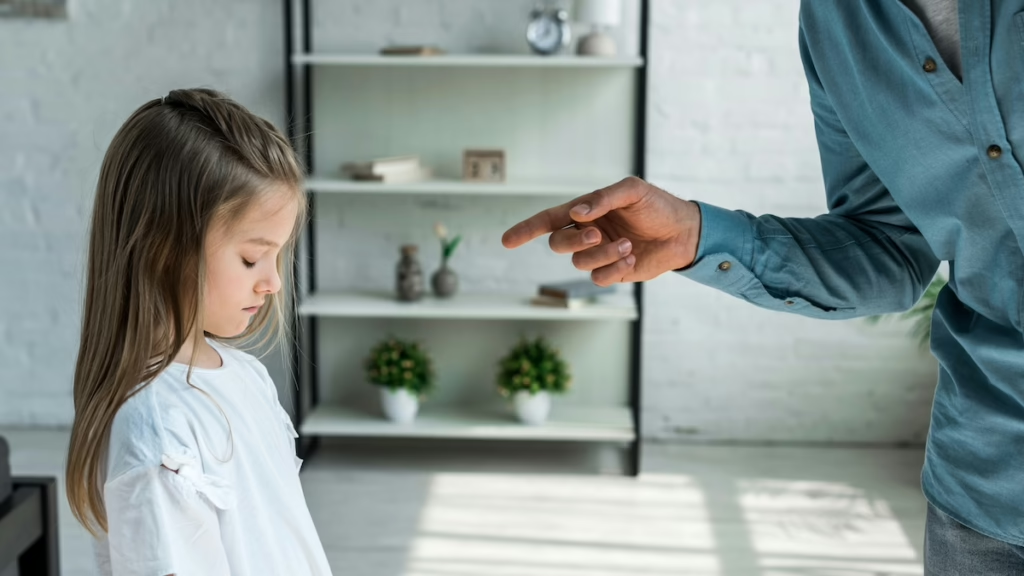
Coercive control victims frequently cite social isolation as a primary tool of dominance used by abusers.4 In dysfunctional families, one aspect of this isolation is achieved through the systemic undermining of the victim’s parental authority and the deliberate sabotage of their relationship with their children.5 Dr. Stark’s research further indicates that this kind of psychological abuse exerts a more profound and pervasive effect on the victim than instances of physical aggression.6
The manipulation of a victim’s perception is easier to achieve in the absence of external influences, which could be accessed through children or the child themselves.7 Consequently, it is advantageous for the abuser to undermine the victim’s parental authority and systematically disrupt their interpersonal connections within the family unit, especially between the primary victim and the child, who is thus a secondary victim of coercive control.8
Gaps Exist In The Violence Model of Domestic Abuse
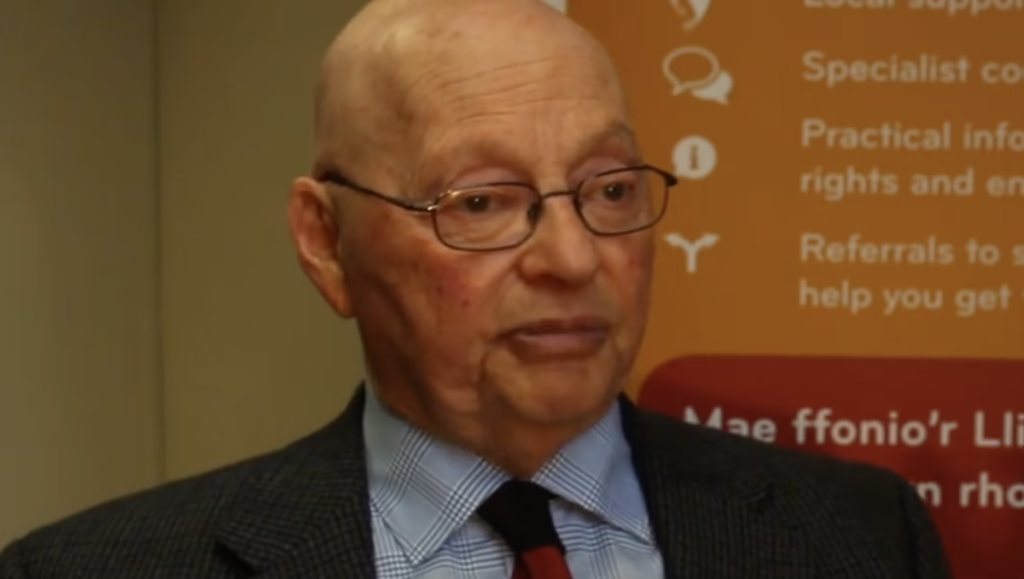
Dr. Stark’s research suggests that violence model of domestic abuse is often insufficient to fully comprehend the extent of the victim’s suffering.9 This is because a substantial portion of the inflicted psychological harm may not be explicitly proscribed by existing legal frameworks.10 Data compiled in The Coercive Control Legislation Global Database reveals that there is little to no adequate protection in existing legal systems.11
Dr. Stark told Welsh Women’s Aid:
“Over the years, we’ve been able to amend the understanding of partner abuse that limited it to violence. And we’ve talked a little bit about the extent to which it involved coercive control. We rejected the violence model in part because we heard from women themselves about the range of harms they were experiencing beyond violence.” 12
The Impact of Coercive Control on Children
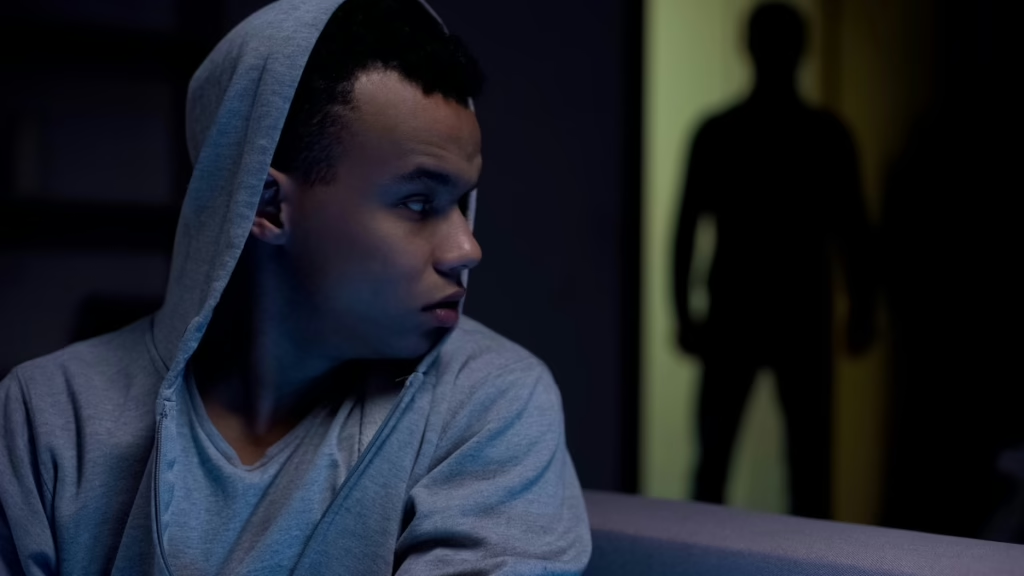
Research shows that child abuse occurs mainly in connection with coercive control.13 In other words, it occurs in the context of entrapment-based relationships. In fact, Dr. Stark found that in 45% of documented intimate partner violence incidents, the perpetrator was engaged in abusive behavior directed at the primary victim and the child(red) as secondary victim(s).14
Dr. Stark explains:
“As I began to interview children and looked at the research of Emma Katz and others – which was based on my work but went way beyond it by looking at the qualitative effected of coercive control on children. It really became clear to me that children were being coercively controlled as well as women.” 15
Both direct abuse and exposure to the abuse of the primary victim were found to have a deleterious impact on children.16
The Link Between Coercive Control and Child Abuse
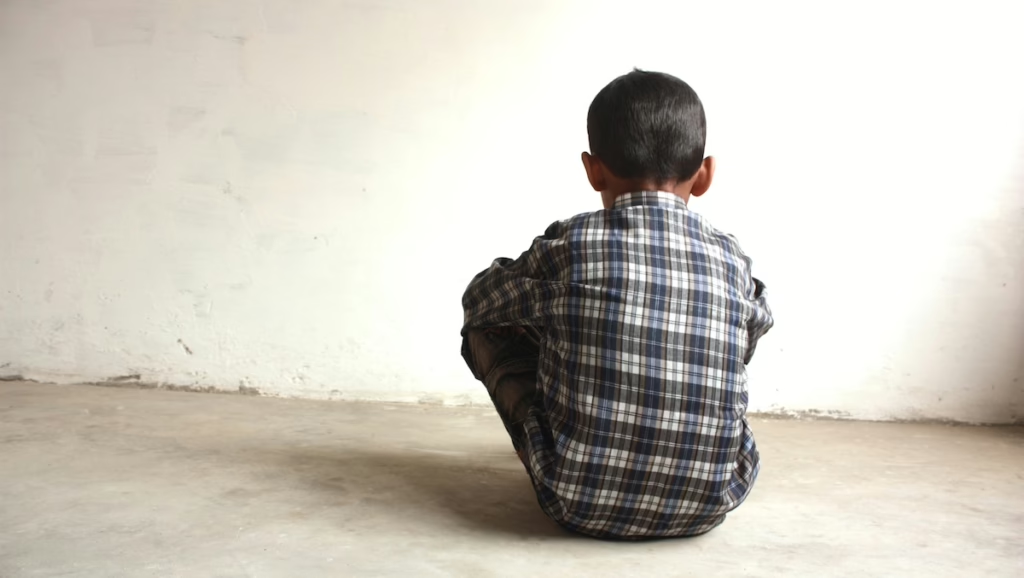
Dr. Emma Katz, PhD, in her study, established that secondary victims within a coercive control family system endure forms of aggression analogous to those experienced by the targeted parent. Specifically, the abusive behaviors perpetrated against the child, including instances of minor assault, mirrored the patterns and severity of those inflicted upon the primary victim.17 The research found that children raised in regimes of coercive and control experienced similar patterns of entrapment as those inflicted on the targeted parent.
According to Dr. Katz:
“Children’s access to resilience-building and developmentally-helpful persons and activities were limited.” 18
According to Dr. Stark, the research findings were the same regarding the sexual assault of children within coercive control family systems. Regardless of the victim’s gender, the observed behaviors during these sexual assaults exhibited marked similarities, suggesting a primary motivation rooted in the assertion of dominance.
Dr. Stark detailed what this looks like for child victims of coercive control:
“There was sexual assault of children, some of it dramatic, but most of it fell on a continuum of sexual coercion: touching, inappropriate dressing [of] boys as well as girls.”
The studies also found that children experienced the same patterns of isolation, intimidation, and control as the primary victim.
The Weaponization of Children in Coercive and Controlling Relationships

The evidence gathered by researches shows that children may be strategically manipulated by perpetrators of coercive control to act as instruments against the targeted parent.19 Through the deployment of sophisticated manipulation tactics, perpetrators are able to effect a transformation in the child’s perception, thereby inciting them to act against the targeted parent.20
Dr. Stark pointed to the many ways children are manipulated in coercive control family dynamics:
“Batterers would weaponize children. They would use them as spies. They would use them sometimes as co-abusers if they were older children. They would use them as pawns in court processes as ways of extending their abuse.”
In other words, abusers often turn the victim’s own children against them. Studies show that Child-To-Parent Violence (CPV) occurs in 1 in 10 families.21 Abusers accomplish this by manipulating the children, scapegoating the targeted parent, and making the children see the victim as the problem.
Strategies for Protecting Child Victims of Coercive Control
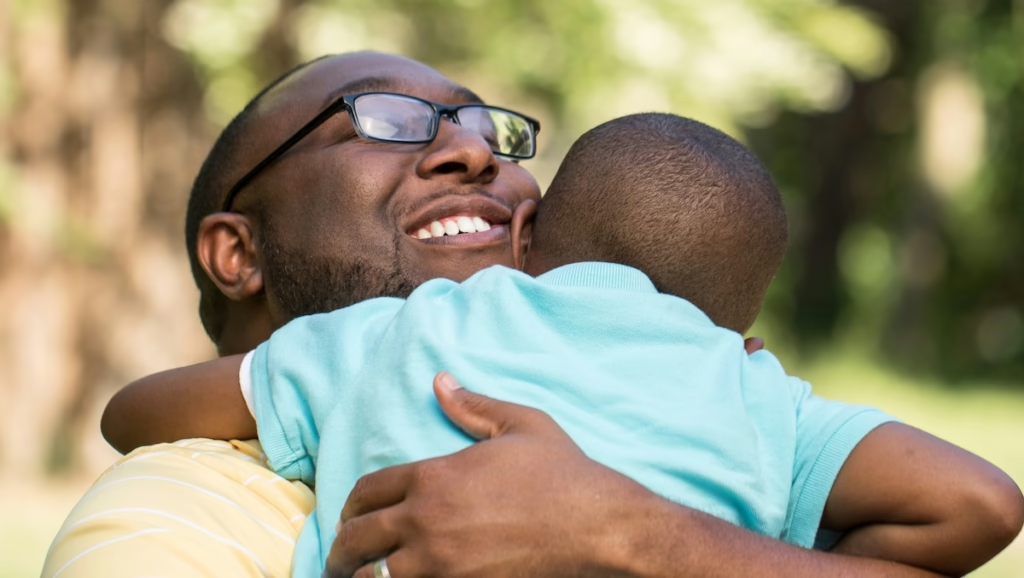
Raising children within the dysfunction of coercive control family dynamics can be extraordinarily challenging. Perpetrators of this insidious type of psycho-emotional abuse already start to sabotage the targeted parent before the victim escapes. This is often followed by post-separation abuse, especially in the guise of counter-parenting.
To learn about how you can protect your child from the coercive and controlling behavior of an oppositional parent, please read our interview 3 Causes of Parent-Child Estrangement in Narcissistic Abuse, with attachment specialist, Dr. Michael Kinsey, PhD.22
Summary
Dr. Stark research shows that in coercive control family dynamics, children who witness or are close to a victimized parent often experience similar forms of harm themselves. This includes everything from minor assaults and sexual harassment to being socially isolated and intimidated, just like the primary target of the abuse. Essentially, the research of Drs. Stark and Katz highlight how coercive control spreads through the family and affects more than just the person directly targeted.
Frequently Asked Questions About Coercive Control
Here’s a list of frequently asked questions about coercive control, designed to address common concerns and provide clear information:
What exactly is coercive control?
Coercive control is an ongoing pattern of behavior used by one person to harm, punish, frighten, or threaten another person. It is considered the most dangerous and malevolent form of intimate partner- and family violence as it is a form of psychological torture. It is the foundational strategy used to accomplish the subjugation, oppression, and exploitation of one person by another.
How is coercive control different from domestic violence?
Coercive control is the context in which domestic violence occurs. Within a coercive and controlling relationship, the acts of domestic violence can be thought of as an instrument that is used to reinforce the dominance of one person over another.
What are some examples of coercive control in real life?
Monitoring your time, taking control of your daily life, isolating you, devaluation of your humanity, obstruction of your employment, financial abuse, criminal damage of your property, putting an ever-changing set of rules and regulations in place for you to follow, depriving you of your basic needs, monitoring your communication, threatening you, sexually assaulting you are some of the ways coercive control shows up in real life.
What is parental coercive control?
Parental coercive control is when a parent employs an ongoing pattern of behavior to harm, punish, frighten, or threaten their child to the extent that the child is subjugated, oppressed, and exploited. In almost half of all documented cases of coercive control research shows that children are secondary victims of the same entrapment experienced by a targeted parent.
What is an example of the coercive control of children?
In coercive control family dynamics, the abuser often turns the victim’s children against them. They do this by manipulating the children, altering their perception of the victim, and empowering them to join in on the abuse. The child is not allowed to have their own thoughts and opinions.
What happens to children in coercive control family dynamics?
Coercive control often affects more than one person. In nearly half of all recorded instances of coercive control, the perpetrator also abuses the child in addition to the primary victim.
Why are coercive family processes damaging for children?
Witnessing or being involved in coercive control family processes, even indirectly, negatively affects the well-being of children. This is because coercive control creates a power imbalance in which the victimized person is oppressed and subjugated.
How is the difference between boundary setting and coercive control?
Boundary setting is about self-preservation in a healthy relationship, whereas coercive control is about domination and manipulation.
How does coercive control affect mental health in the long-term?
Experiencing and exposure to coercive control can lead to adverse mental health outcomes over time, including chronic anxiety, major depression, post-traumatic stress disorder and other stress related health conditions, i.e. cardiovascular disease.
What are five examples of coercive control of children?
Five examples of the coercive control of children can include ongoing isolation of the child; the degradation and neglect of the child; devaluing the child by repeatedly telling them that they are useless, worthless, and unlovable; involving the child in crimes like underaged drinking; negatively influencing the child’s perception of the victimized parent and encouraging them to participate in the abuse.
How to stop coercive and controlling parenting?
One of the ways to stop coercive and controlling parenting is to recognize the human dignity of your child and understand that they are a person in their own right. Instead of subjugating your child, learn to develop a cooperative relationship with them in which you both treat each other with respect and good will.
Why is coercive power bad?
Coercion relies on the threat of punishment or harm, which fosters fear and anxiety. This can lead to resentment and a breakdown of trust in relationships.
Visit Our Sale
-
Narcissistic Abuse Recovery 4-Week Coaching Package
Original price was: $900.00.$720.00Current price is: $720.00. -
Narcissistic Abuse Recovery 8-Week Coaching Package
Original price was: $1,500.00.$1,200.00Current price is: $1,200.00. -
Narcissistic Abuse Recovery Coaching 12-Week Package
Original price was: $2,000.00.$1,600.00Current price is: $1,600.00. -
Narcissistic Abuse Recovery Coaching Monthly Subscription
Original price was: $750.00.$525.00Current price is: $525.00.
Bibliography
- Stark, E. (2023). Coercive Control of Children. Oxford University Press. ↩︎
- Ibid. ↩︎
- Katz, E. (2016). Child Abuse Review Original Article Beyond the Physical Incident Model: How Children Living with Domestic Violence are Harmed By and Resist Regimes of Coercive Control. Child Abuse Review, Volume 25, Issue 1, p. 46-59. DOI: https://doi.org/10.1002/car.2422 ↩︎
- Levine, J. (2020). The Use of Isolation in Coercive Control. Narcissistic Abuse Rehab. ↩︎
- Stark, 2023. ↩︎
- Ibid. ↩︎
- Ibid. ↩︎
- Ibid. ↩︎
- Welsh Women’s Aid. (2017, April 10). Professor Evan Stark: Coercive Control and Children [Video]. YouTube. ↩︎
- Ibid. ↩︎
- Wakefield, M. (2020). The Coercive Control Legislation Global Database. Narcissistic Abuse Rehab. ↩︎
- Ibid. ↩︎
- Katz, E. (2015). Beyond the Physical Incident Model: How Children Living with Domestic Violence are Harmed by and Resist Regimes of Coercive Control. Liverpool Hope University. ↩︎
- Stark, 2016. ↩︎
- Welsh Women’s Aid, 2017. ↩︎
- Katz, 2015. ↩︎
- Katz, 2015. ↩︎
- Ibid. ↩︎
- Welsh Woman’s Aid, 2017. ↩︎
- Ibid. ↩︎
- Wakefield, M. (2022). Child-To-Parent Violence Occurs in Up to 1 in 10 Families. Narcissistic Abuse Rehab. ↩︎
- Wakefield, M. (2022) 3 Causes of Parent-Child Estrangement in Narcissistic Abuse with Dr. Michael Kinsey. Narcissistic Abuse Rehab. ↩︎



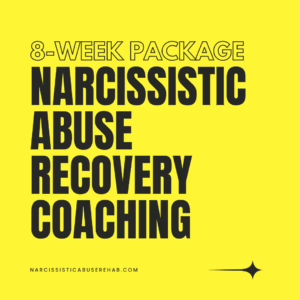

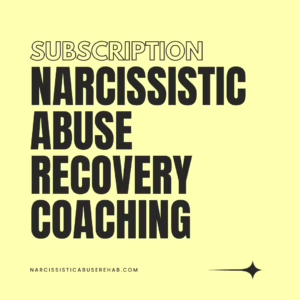





1 Comment
Comments are closed.